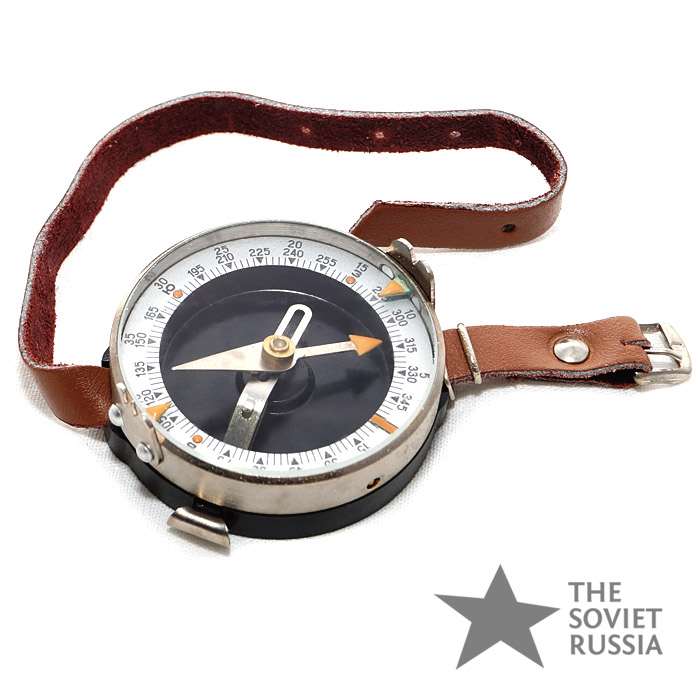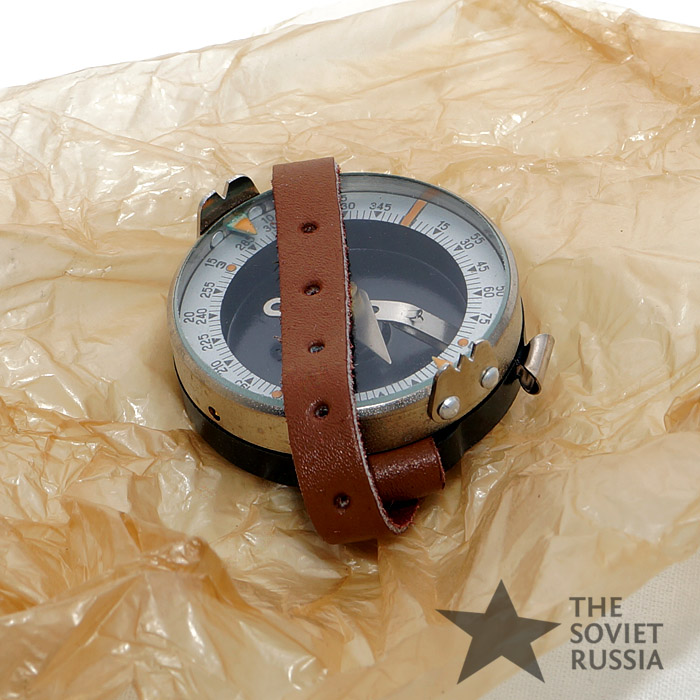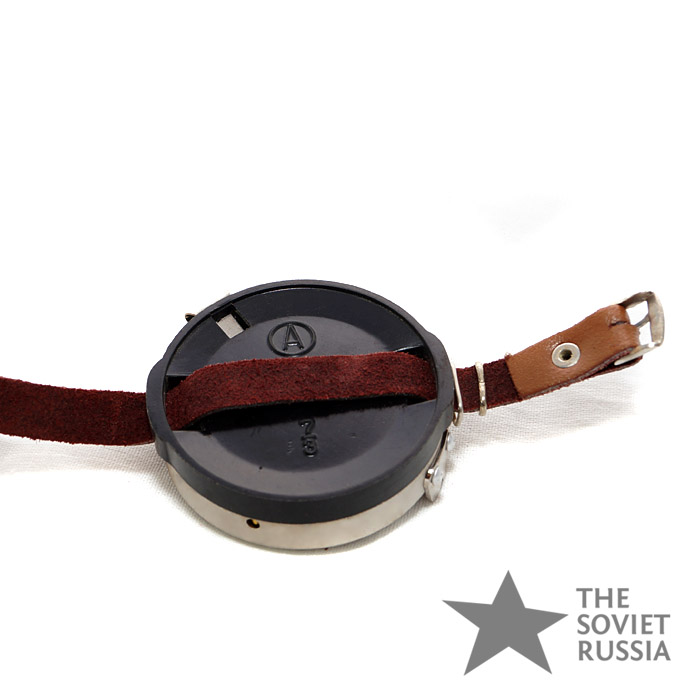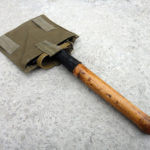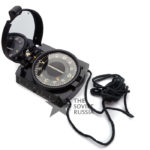Russian Compass Adrianov
16,34$
Out of stock
Description
Russian Compass. Adrianov. Genuine Soviet wrist compass. New, unused surplus. Made in about 1980. High quality. Still wrapped in original factory paper. Never opened. Bakelite-metal case.
In 1907, talented Russian engineer, military cartographer Vladimir Adrianov presented the first military compass to the command. Simplicity of design, reliability and accuracy brought the invention unprecedented popularity. In honor of the author, the device received the name Adrianov’s compass. In subsequent years, up to our time, the inventor’s name was often distorted by adding the letter “n”. So one of the traveler’s most popular tools received an additional, colloquial name “Andrianov compass”.
The design of the military compass and the principle of operation:
The device of the compass Andrianov has not undergone fundamental changes over the past century. This magnetic compass, according to modern classification, transferred to the tourist group, works on the principle of interaction of fields created by a permanent magnet with magnetic fields of our planet.
This tool is a solid round case, covered with transparent glass, inside of which a magnetic needle rotates on the needle, the ends of which are marked in different colors – red and blue. The edging of the case is made in the form of a dial and is complemented by a rotating ring, on which there are two sights. The device is equipped with a leather strap with clasps like a watch. In the side of the case there is a mechanism for fixing the arrow – an arrestor. The Andrianov compass has an internal chamber filled with air. In modern compasses, instead of air, an anti-freezing liquid is used, which creates a viscous medium, which makes the arrow movements smooth and inert.
The Adrianov’s compass consists of housing, in the center of which a magnetic needle is placed on the tip of the needle. When the arrow is not braked, its north end is set in the direction of the North magnetic pole, and the south – in the South magnetic pole. In the idle state, the arrow is fixed by the brake. A circular dial (limb), divided into 120 divisions, is placed inside the compass case. The step of one division is 3 °, or 50 small divisions of the goniometer (0-50). The scale has double digitization. Internal digitization is plotted clockwise from 0 to 360 ° through 15 ° (5 divisions of the scale). External digitization of the scale is applied counterclockwise through 5 large divisions of the goniometer (10 divisions of the scale). For sighting at local objects (landmarks) and taking readings on the compass scale, a sighting device (front sight and rear sight) and a reference indicator are fixed on the rotating compass ring.
The north end of the magnetic needle, the readout and graduation marks on the scale through 90 ° are covered with paint glowing in the dark, which facilitates the use of the compass at night.

